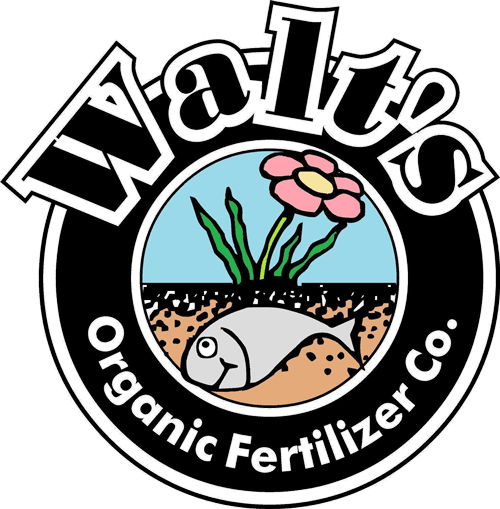
Create homes in your yard for beneficial insects
Nature-Friendly Fall Clean-Up
While a leaf-free Winter garden might look pleasant to many folks, retaining some of those pesky leaves is actually extremely beneficial.
Leave choice leaf litter in your beds as mulch. Got extra? Try your hand at composting! Have a mower with a side-discharge chute? Try running over the leaves and spread the chip-chopped leaves more evenly over your lawn, and leave ‘em there! Run out of steam? Put the leftovers or less desirable green debris in your yard waste bin.
- FYI during the month of November, Seattle Public Utilities offers extra yard waste collection at no charge to help keep storm drains clear of debris.
Even if you like the super neat and tidy yard, there are a few simple things you can do to help beneficial insects (and lots of other beneficial organisms) be healthy and happy. The more robust your ecosystem is, the better your plants will perform. Yeah.
- Leave some leaves. I realize this may be sacrilege to some. But the benefits are real. If you prefer leaves on trees instead of on the ground, then consider leaving patches of leaf litter where they are out of sight. Leaves pushed under bushes are still beneficial but less of an eyesore. Another option is to create leaf rings around individual plants and clear the rest of the bed space.
The Benefit of #LeaveTheLeaves: Nature’s Nutrients: In a forest, leaves fall to the ground, decompose, and nutrients are released into the soil. Other plants then take up these nutrients. This process is called the nutrient cycle. When leaves fall on our lawns and in our gardens, it can look messy. They cover other plants, turn brown, and can be unsightly. When we remove the leaf mess, we are preventing nutrients from returning to the soil. Nature’s Blanket: Leaf litter also insulates plants. The leaves act like a blanket keeping the temperature of the soil and plant tissue from dropping too low. More delicate plants cannot handle even a single winter freeze. Helping Out a Wildlife Neighbor: While many species migrate to warmer climates to wait out the winter, others hunker down right in our yards. Our outdoor spaces are their home. The leaves that fall become their protection from the elements and seeds, their winter food source. Invertebrates, birds, reptiles, and amphibians rely on fallen leaves, seed heads, hollow stems, dead wood. If we remove these things from their home, they will not survive the winter. When spring returns, these animals emerge from their winter hideaways. Some of them are the pollinators that will provide us with a summer harvest, while others are food for birds hungry after their spring migration.
Learn more about #LeaveTheLeaves from the Xerces Society.
- Leave some stems. Hollowed out plant stems are like invertebrate sleeping bags. You know, invertebrates. They rock! If you do want to keep things looking tidier, you can bundle the stems together and tie them with some twine. Tuck the bundles of stems under bushes, behind flowerpots, or places hidden from sight.
You want to be vigilant in inspecting trees on and around your property. Look for branches that are dangling, dead, or damaged. Falling branches can cause damage to homes, cars, and any unfortunate passersby. Being proactive and removing branches from trees can save you from a future headache.
- Leave some branches. Larger branches can be incorporated into your garden beds to add visual interest and simultaneously create a wildlife shelter. Form a pile with any sized woody material, and you can be sure wildlife will quickly move in. If you want to create a wildlife shelter with a little more artistic flair, you can place a flowerpot or vase on its side. Fill it in with an inch or two of soil. Fill the rest of the pot with sticks, leaves, and hollow plant stems. Bee hotels are another effective and attractive shelter option. Discover Wildlife has step by step instructions on how to build one.
Okay. So, while we’re advocating leaving some leaves, stems, and branches in your yard, this is not a license to run amok. You’ve still got to keep the gutters, curbs, and storm drains clear. Sweep the paths and stairs. Wash off slippery walking surfaces and the like. For heaven’s sake, don’t forget our feathered friends. Keep that water supply clean (you know…that saucer you leave out with fresh water for critters). And if you’re a feeder, keep on top of it and keep it clean!
- Did you know? If you have a hummingbird feeder, it is recommended to take it down in the fall unless you plan on maintaining it all winter long. For more tips on helping hummers through the winter, check out the Seattle Audubon Society.
Excited yet? You can get certified. Making a few changes to your fall clean-up routine helps keep wildlife happy during the winter. Since food and shelter are a big part of what makes a habitat, consider going all the way. Turn your yard into a habitat, then get it certified by the National Wildlife Federation
Written by Sarah Lorse, Walt’s Organic – Landscape Technician

A customer asked a question on this subject: “I keep raking the leaves into my flower beds is that ok – or are there any risks if I have too many leaves in the beds?”
It is recommended to avoid mulching on the crowns of woody trees and shrubs. So try and keep the leaves around your plants…not piled up against the trunks.
A reference I found (that sounds right) suggests a good amount for woody trees and shrubs is 3-6 inches of leaves, and aim for 2-3 inches thick for tender perennials/flower beds.
~Walt